
Coelogyne cristata alba Andre Benedito Flickr
The Coelogyne orchid genus gets a lot less attention than it deserves. The plants have beautiful, fragrant flowers, can tolerate drought and neglect, and rapidly develop into massive, impressive specimens.. The largest-flowered species in the genus, Coel. cristata, is one of these cool-growing types. To grow them well, it's important to.
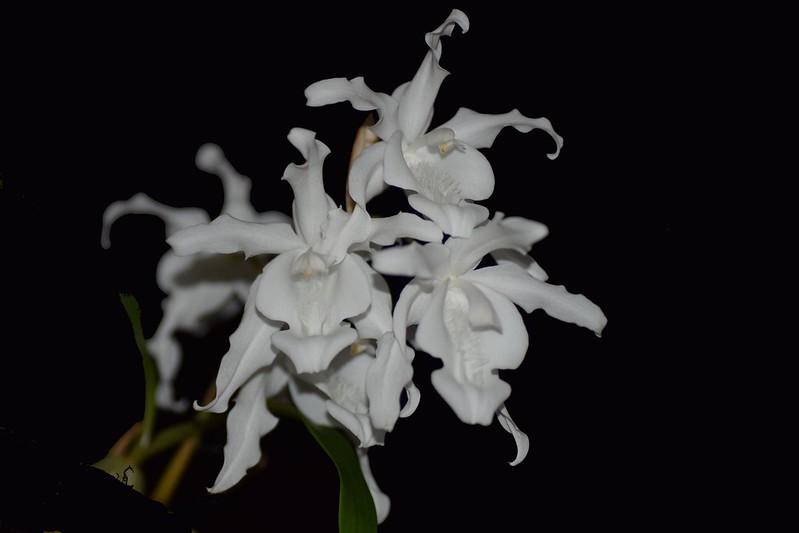
Coelogyne cristata var alba Orchids Carnivorous Plants UK
Coelogyne cristata is commonly found growing fully exposed to the sun on both trees and rocks in moss-forests. Temperature. Coelogyne cristata is a cool growing orchid. The recommended temperature for winter days is 11-13°C (51-55°F), and it is normal for the orchid to experience a temperature around 2-4°C (36-39°F) during winter nights.
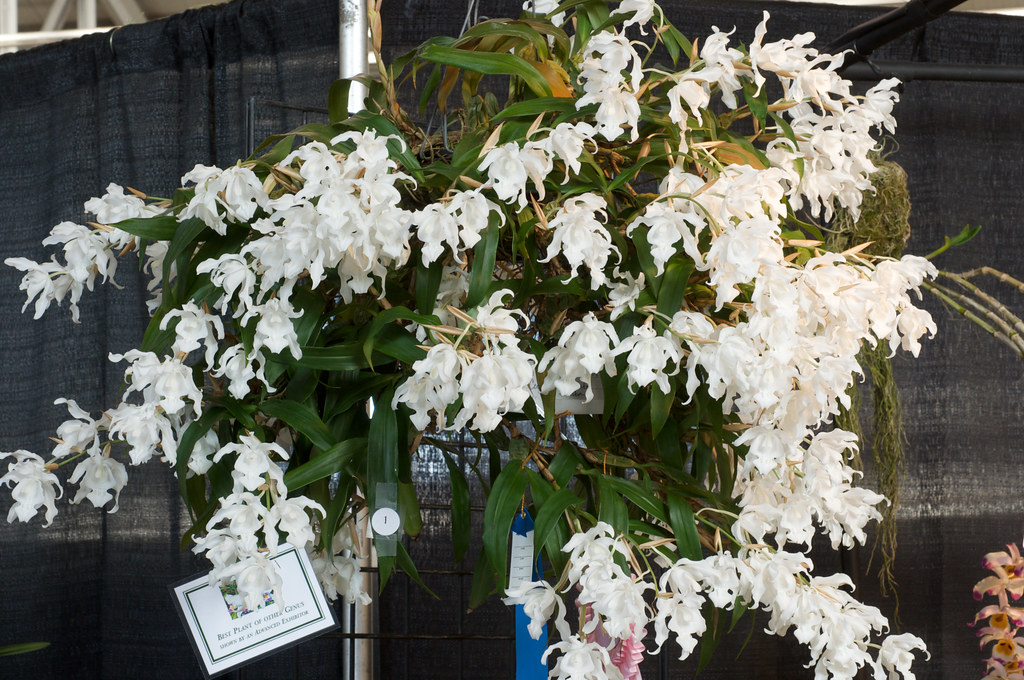
Coelogyne cristata v. alba Species from the Himalayas Grow… Flickr
Coelogyne cristata Lindl.(1824) is a species of the family Orchidaceae, subfamily Epidendroideae, tribe Arethuseae, subtribe Coelogyninae, endemic to South-East Asia.. In particular, it has been found in Assam (India), in Bangladesh, in western and eastern Himalaya, in Bhutan, in Nepal and in Tibet.

Coelogyne cristata alba Red Orchids, Wild Orchid, Orchid Plants
365 days of orchids - day 445 - Coelogyne cristata. Simon Pugh-Jones; March 22, 2018; 2 Comments on 365 days of orchids - day 445 - Coelogyne cristata; General News; Our enormous specimen of Coelogyne cristata 'alba' Tinkitam (the third photo shows it in the greenhouse and arrived at the show below) has attracted a lot of attention here in Paris and was photographed yesterday.
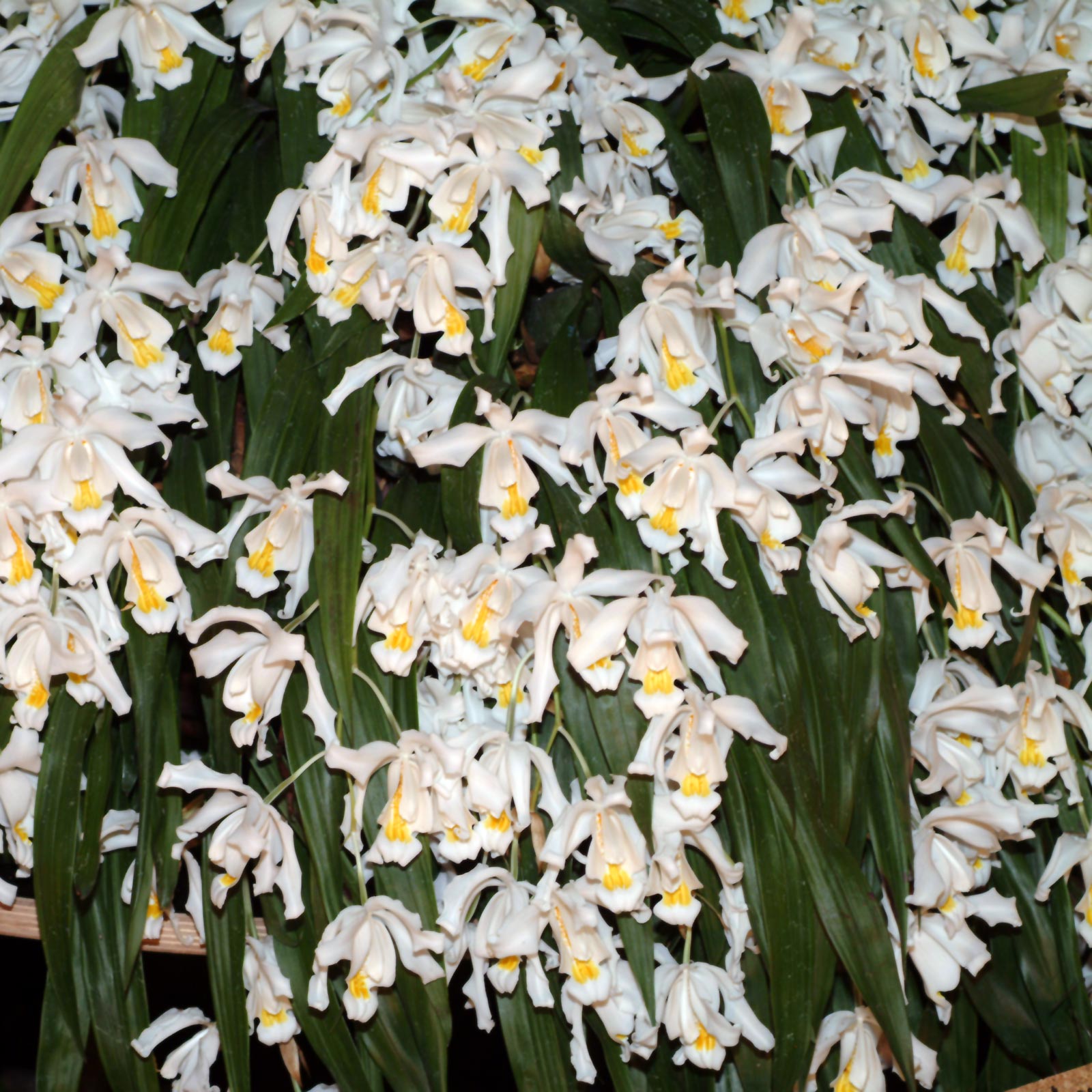
Coelogyne cristata Großräschener Orchideen
Coelogyne cristata is an epiphytic orchid that comes from cool, moist areas of the eastern Himalayas and Vietnam. It blooms every spring, before the snow begins to melt.. The Japanese simply call it aruba ran (アルバ蘭) - "Alba Orchid" (from the Latin word for "white", alba) but they do sometimes know it as the Eastern Himalayan orchid.
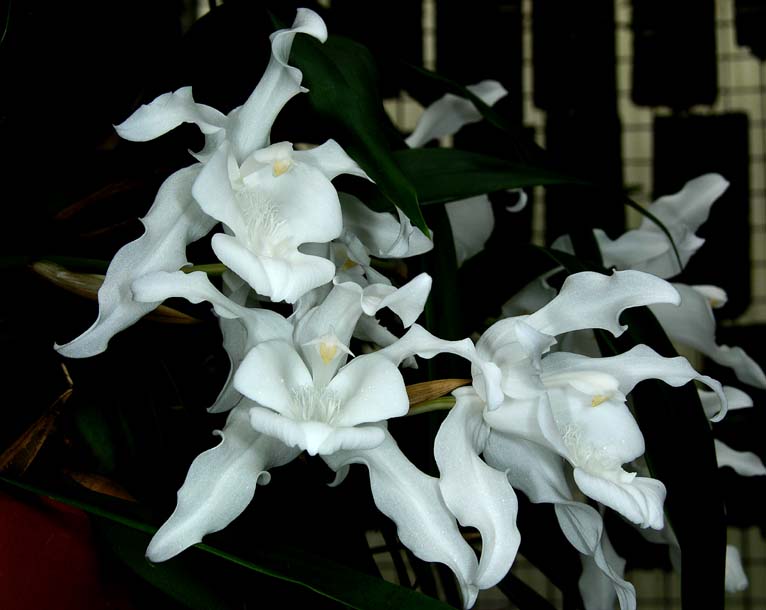
coelogyne cristata alba
Coelogyne cristata would definitely be the most popular and most widely grown of all the Coelogynes. The large (8cm +) wavy, pristine white, long lasting and sometimes fragrant flowers, with their beautiful clear yellow gold markings, are an instant hit with orchid growers and the general public.. The 'Alba' varieties tend to be more.

Coelogyne cristata alba Southern Suburbs Orchid Society Inc.
All photographed this week we have Coelogyne cristata 'limoniana' with very pale yellow on the lip, the more usual variety with golden yellow on the lip and "alba' with pure white flowers. As well as a range of flower colour forms, clones are also variable in leaf colour, distance between bulbs, size of flowers and texture of flowers - all good reasons to grow lots of Coelogyne.
Amo Orquideas Coelogyne cristata alba
The Crested Coelogyne needs the humidity of almost 85% in summer and early spring, falling to 60-70% at the beginning of winter. Substrate, growing media: Coelogyne cristata grow well attached to pieces of tree fern or cork, but during the hot and clear summer days it requires high humidity and several waterings during the day.
GALLERANI ORQUÍDEAS Coelogyne cristata var. ochroleuca ( alba )
Coelogyne Cristata Varieties. Coelogyne cristata var. alba is an all-white variety of the species; C.r. 'Glacier Mint' is a popular cultivar that blooms profusely in early spring; Coelogyne Orchid Care Tips. Origin: Himalayan Region of India and Asia. Height: 12 in (30 cm) Light: Bright indirect light year-round.

Crossed one off my wish list last month and now she's blooming
Coelogyne cristata 'alba' now available online. Simon Pugh-Jones; May 14, 2020; No Comments on Coelogyne cristata 'alba' now available online; General News; Coelogyne cristata has proved very popular on our online shop and so today we have added the large flowered pure white clone of the species.. Plants are in 1 litre pots and flowered this spring.
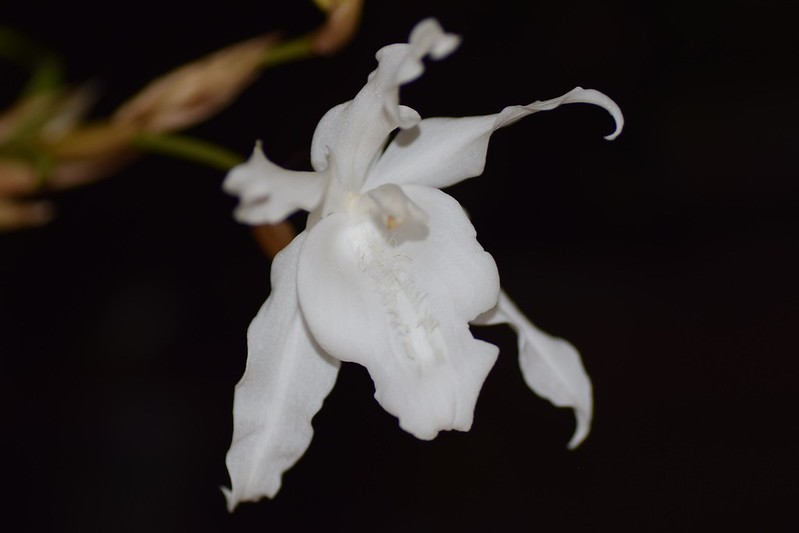
Coelogyne cristata var alba Orchids Carnivorous Plants UK
3576e83d-9050-4f58-a943-138b213d86a2. Record class. scientific name. Record source. Names_Plants. Date added. 8 July 2022. Taxonomic and nomenclatural information for the scientific name: Coelogyne cristata 'Alba'. Provided by Ngā Tipu o Aotearoa through the Biota of NZ.
Coelogyne cristata Lindley var. alba L. Linden & E. Rodigas
Coelogyne cristata Care Details. Soil/Growing Medium. Use a commercial orchid potting mix that drains freely. An orchid basket is an ideal container. Fertilizer. Use a liquid orchid fertilizer every 2 - 3 weeks when the plant is growing and flowering. Hold back of fertilizer during dormancy. Light. Good indirect light of filtered light is.

WSBEorchids The Home of the Writhlington Orchid Project
Coelogyne ( pronounced " see-LODGE-in-ee) is a species of wide ranging epiphyte that can be found from India and Chine to Indonesia and the Himalayas. They can be found in tropical lowland forests and in cooler mountain rainforests. They like temperatures of 16 o C to 24 o C degrees. They need a cooler winter to help with reflowering - 7 o.
Coelogyne cristata Lindley var. alba L. Linden & E. Rodigas
Coelogyne cristata alba Discussion in 'Orchid Species' started by piotrm, Mar 21, 2017. Mar 21, 2017 #1. piotrm Well-Known Member. Messages: 2,503 Likes Received: 327. Location: Grimsby UK. I am guessing the most common Coelogyne in the cultivation, but is always nice after winter to have such a big flowers around - here the white form.
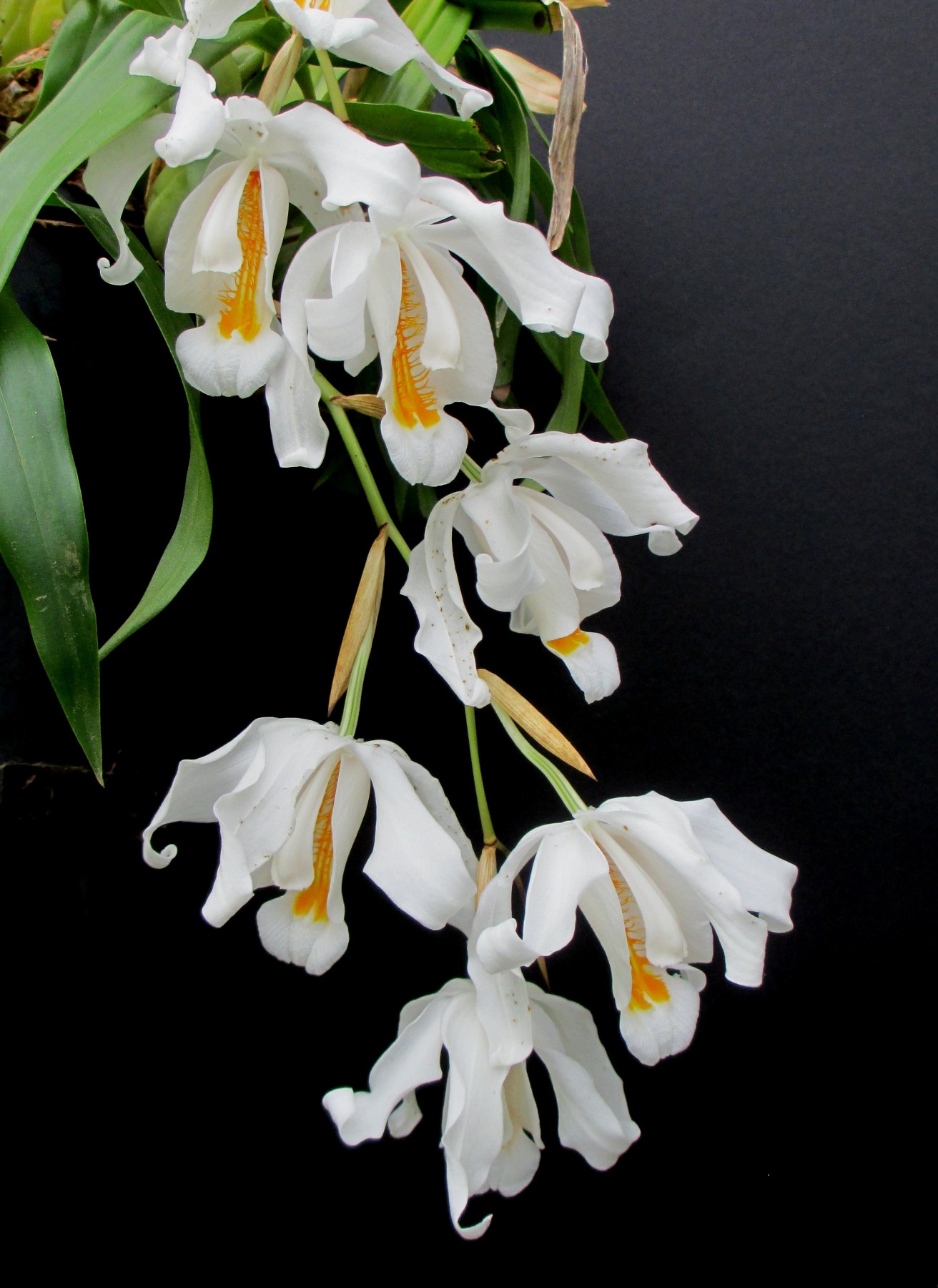
Coelogyne cristata Southern Suburbs Orchid Society Inc.
Coelogyne cristata Lindley 1821 var alba. Photo by Roger Crisp. Coelogyne cristata Lindley var. lemoniana Lindley 1821. Photo courtesy of Greg and Kerri Steenbeeke and their Orkology Kreations Website . Flower Size.

Coelogyne cristata alba flowers flower TagsForLikes petal petals
The species of Coelogyne are popular in collections due to their mostly fragrant, free flowering, showy inflorescences. Those most often found include C. cristata, C. speciosa, C. fimbriata, C. massangeana and C. dayana. Barbara Gravendeel of the University of Leiden, Netherlands published a reorganization of Coelogyne in 2000. She reports.